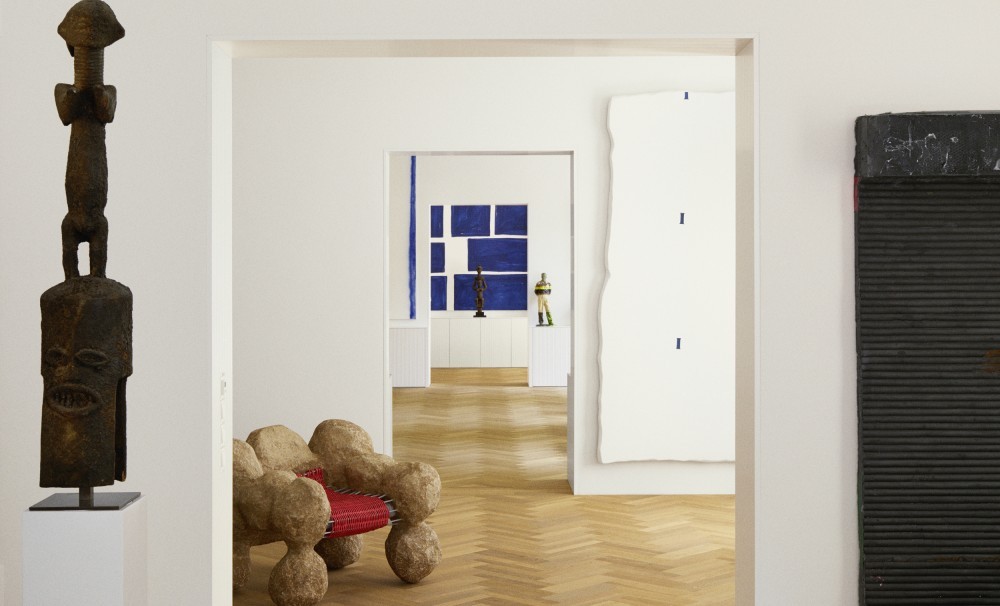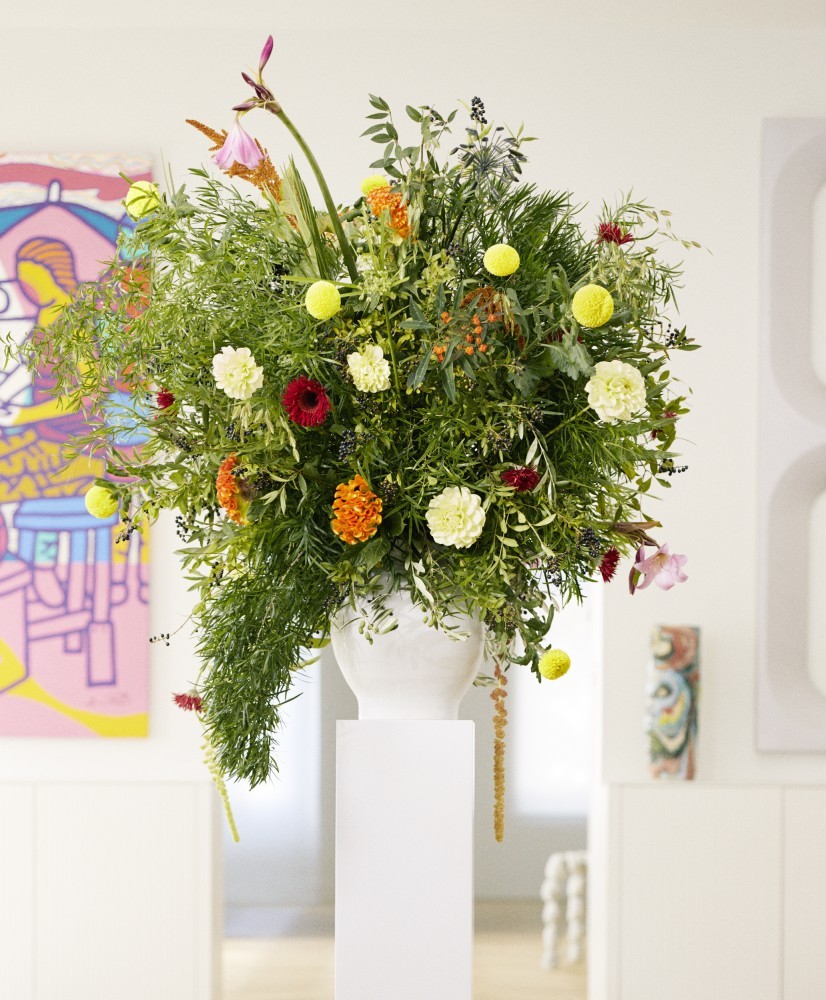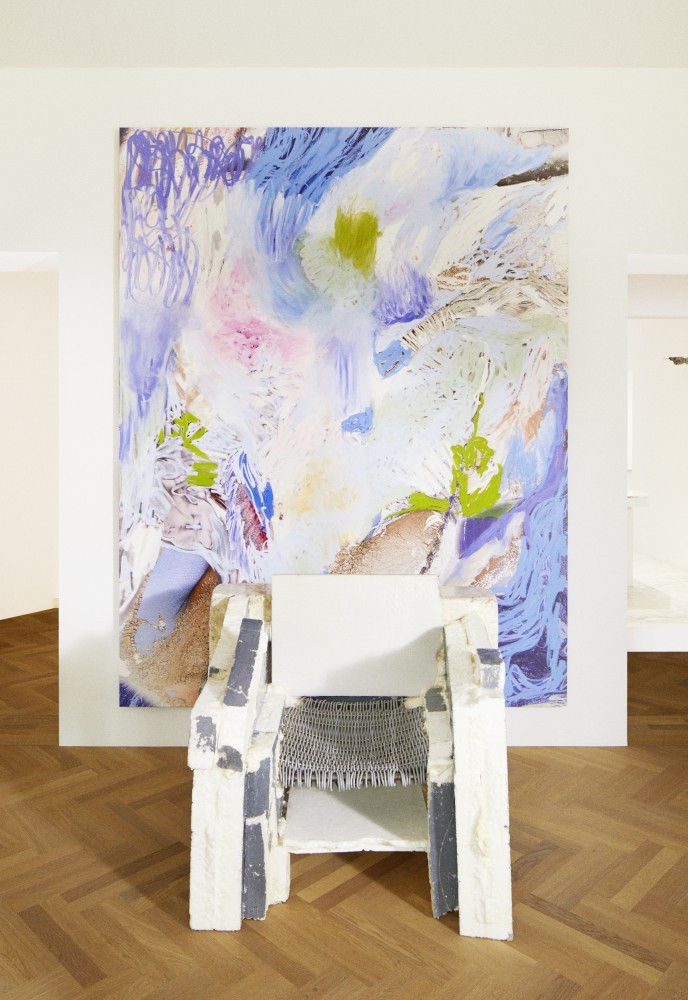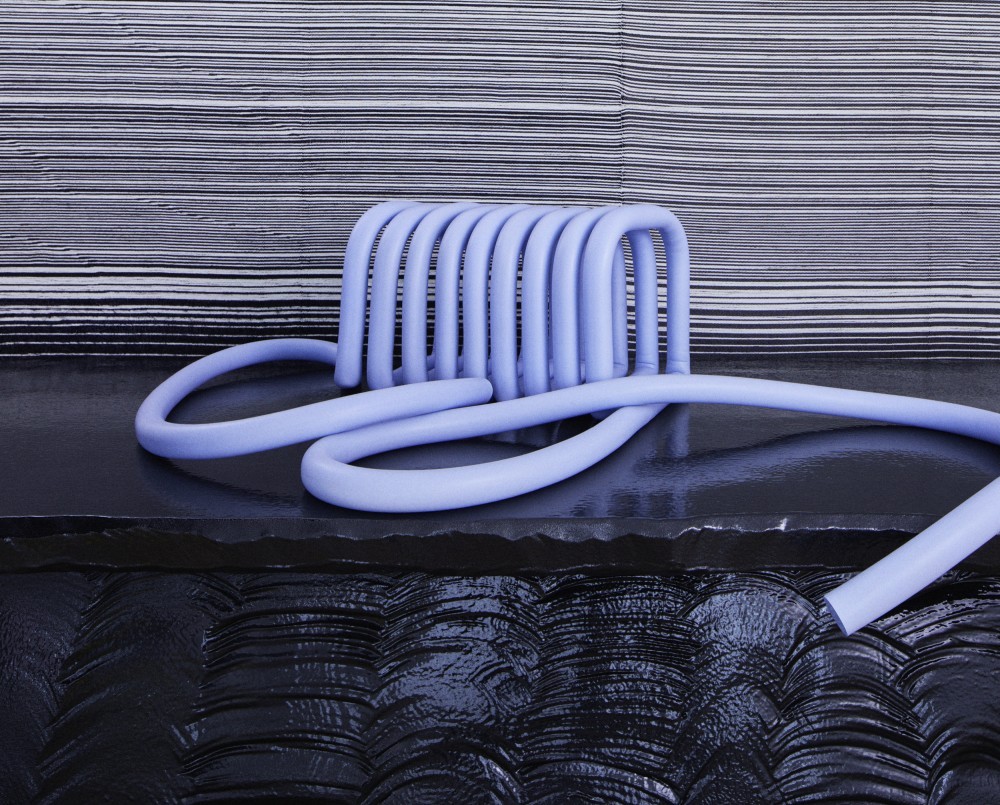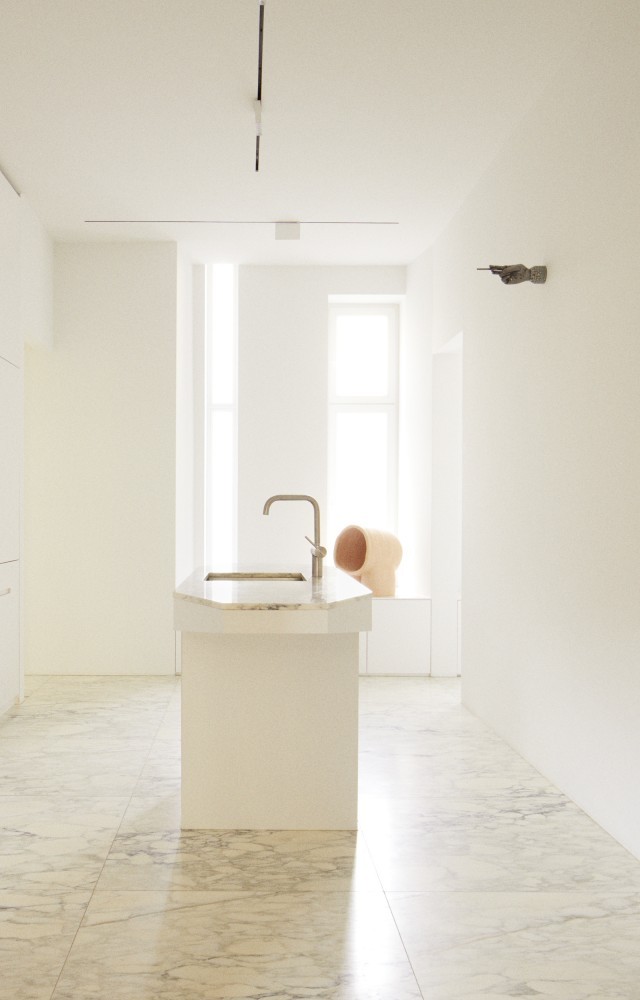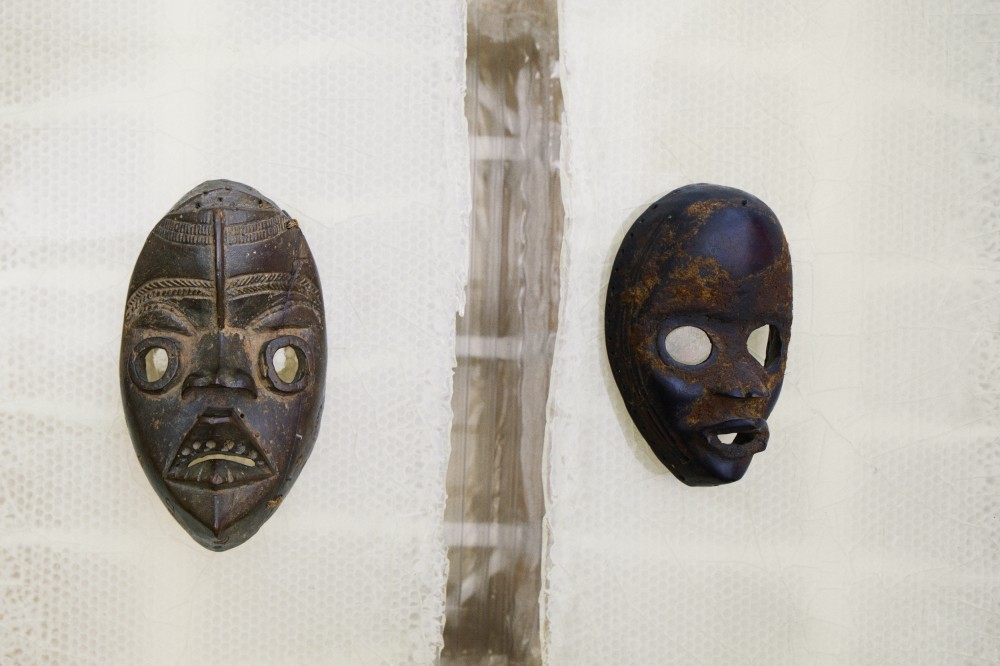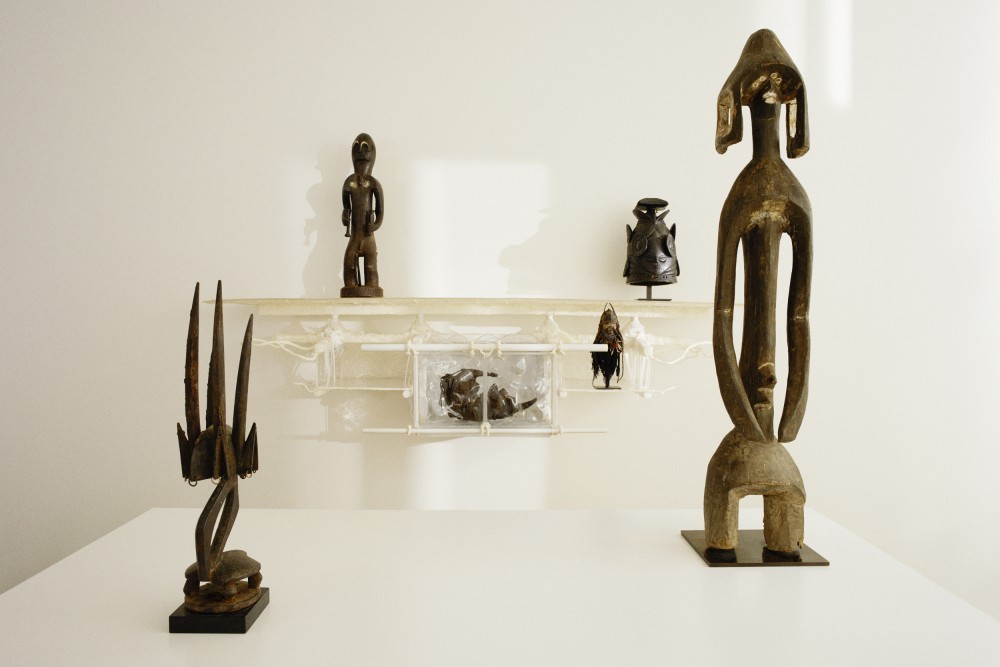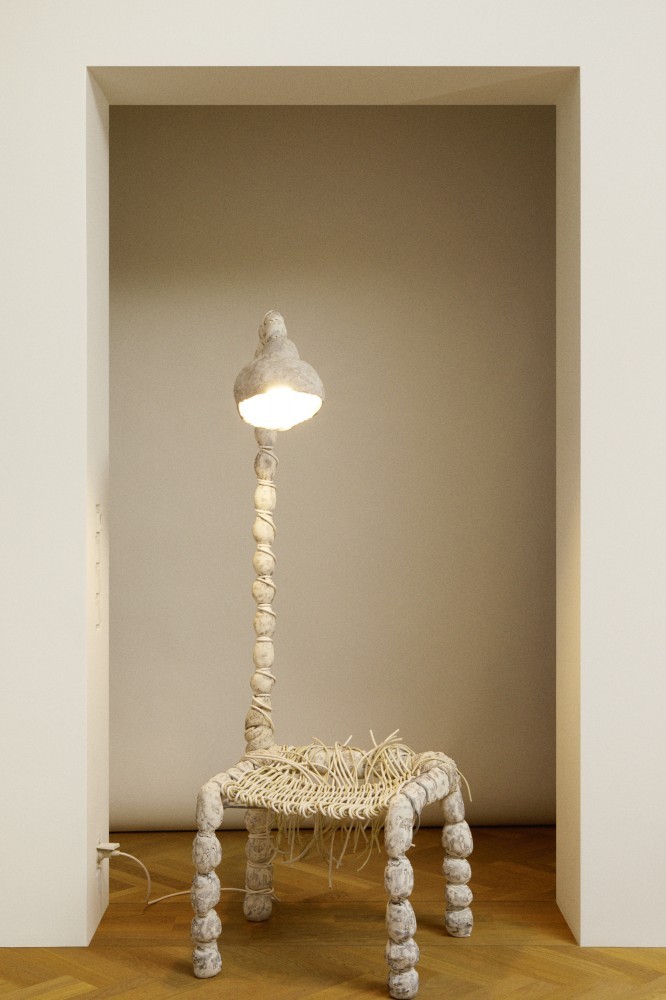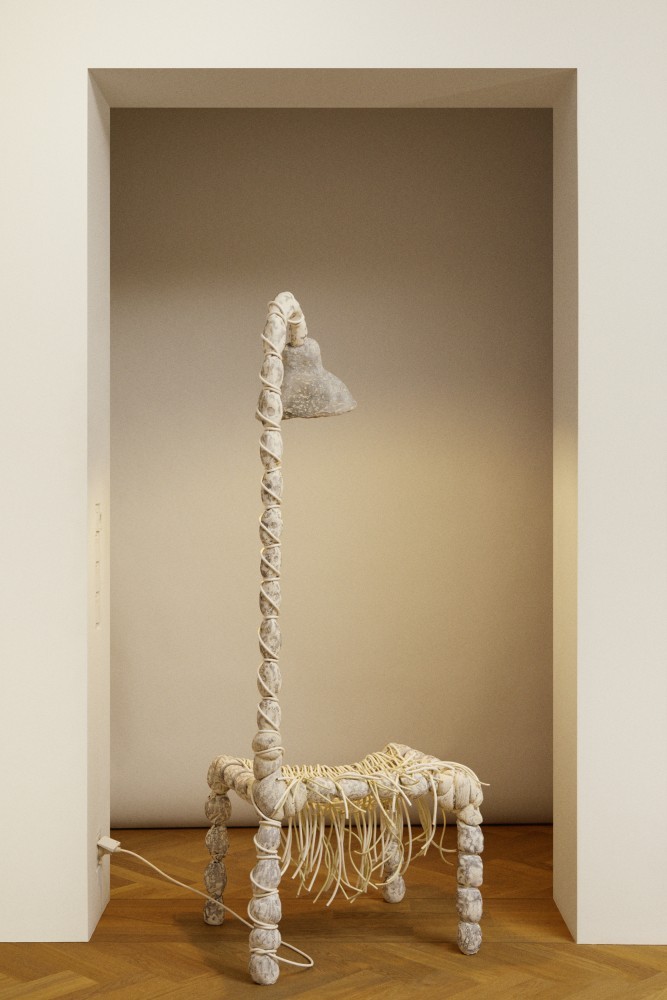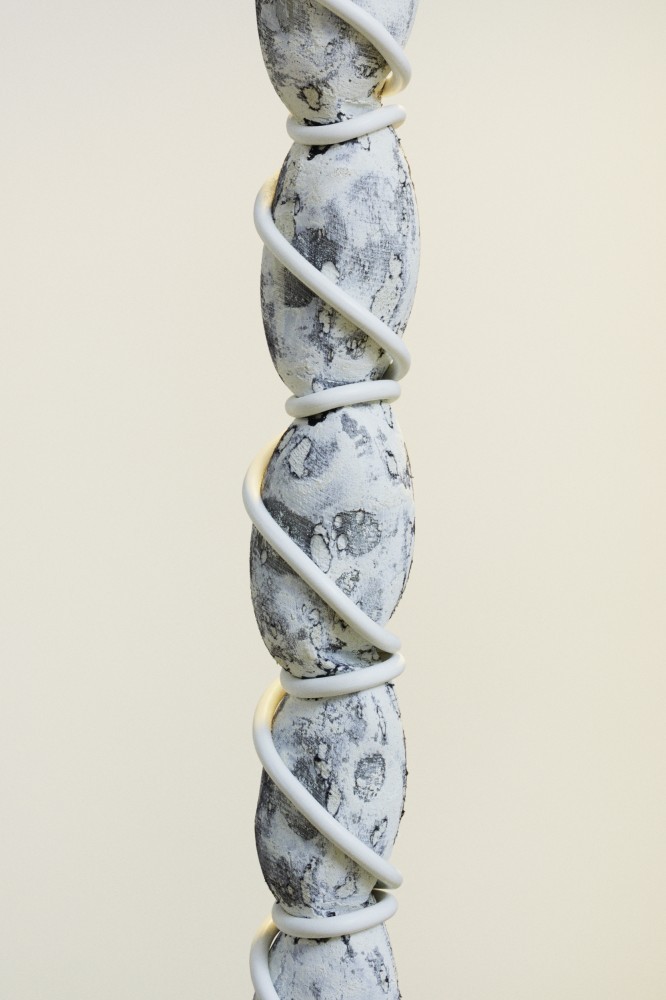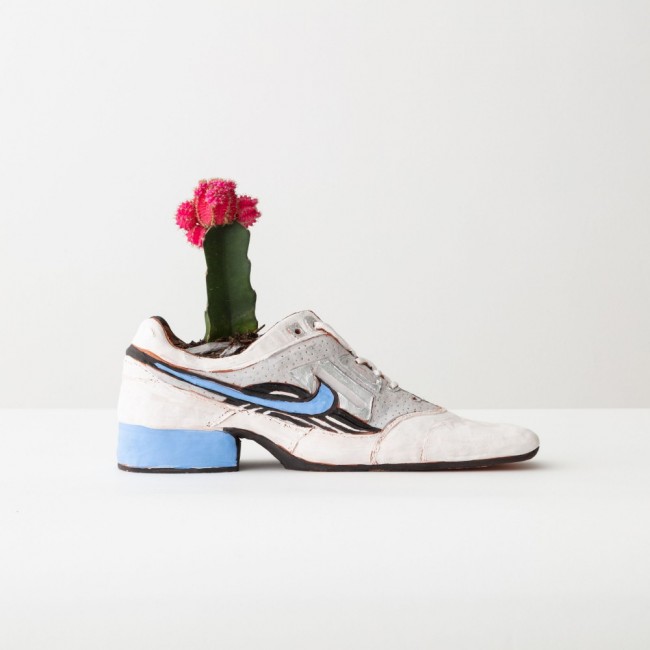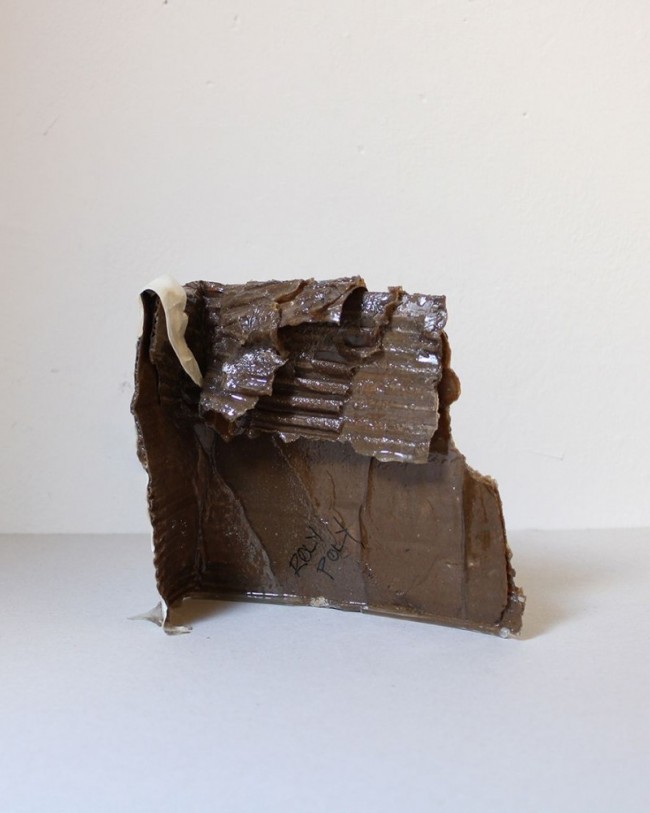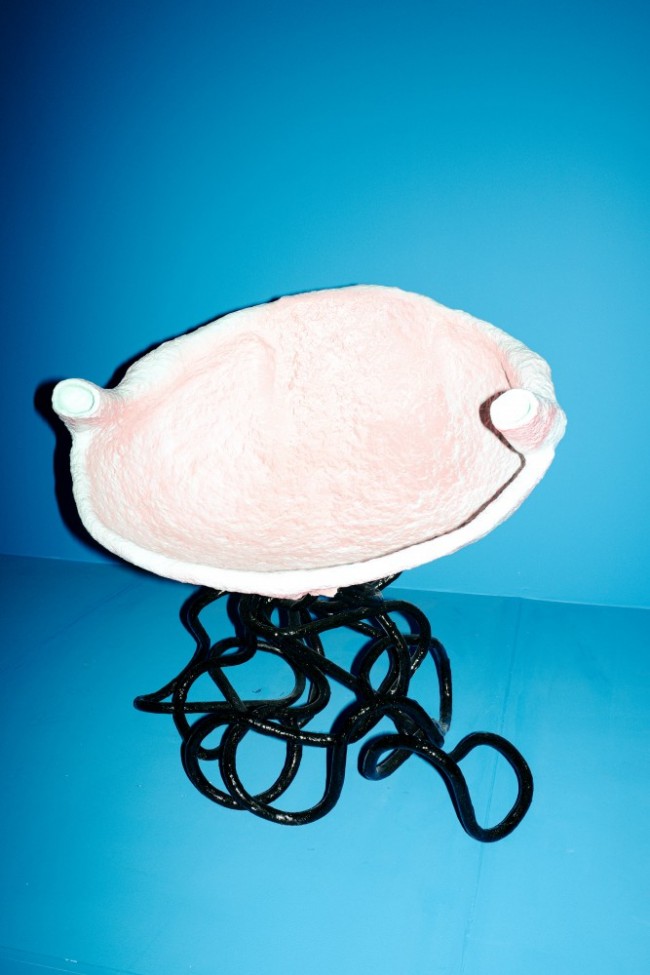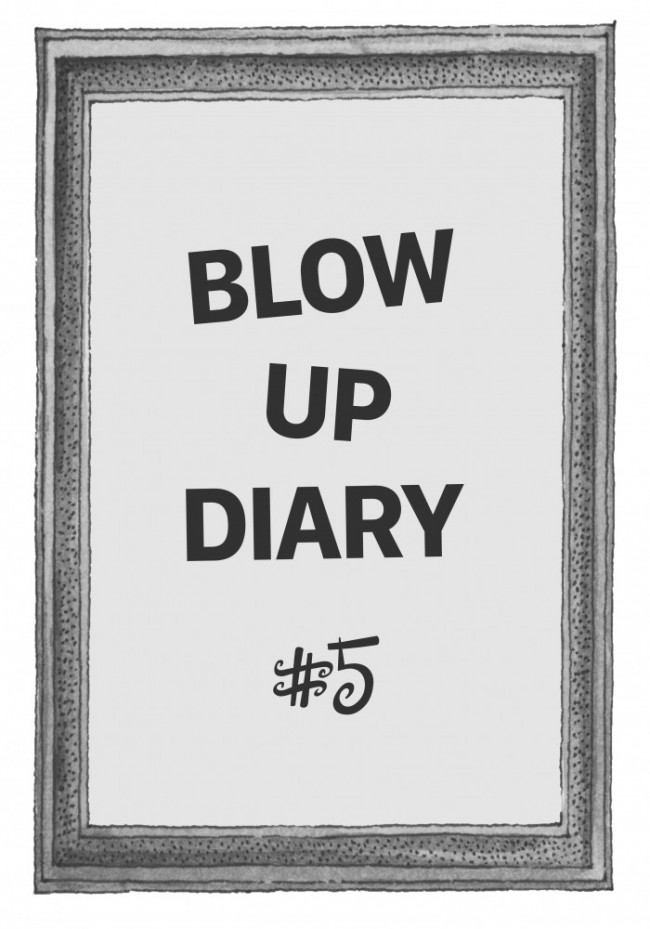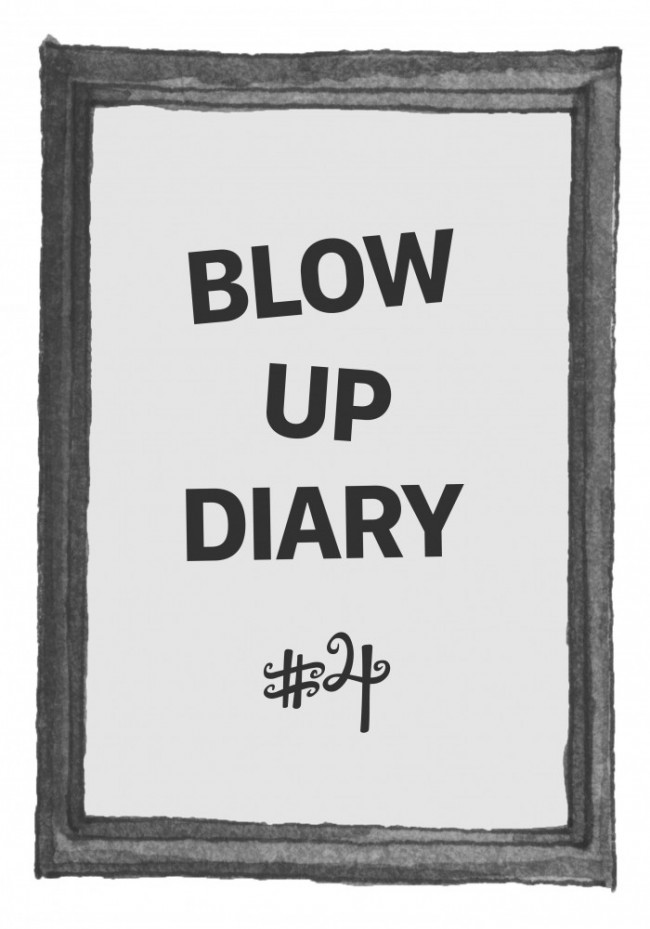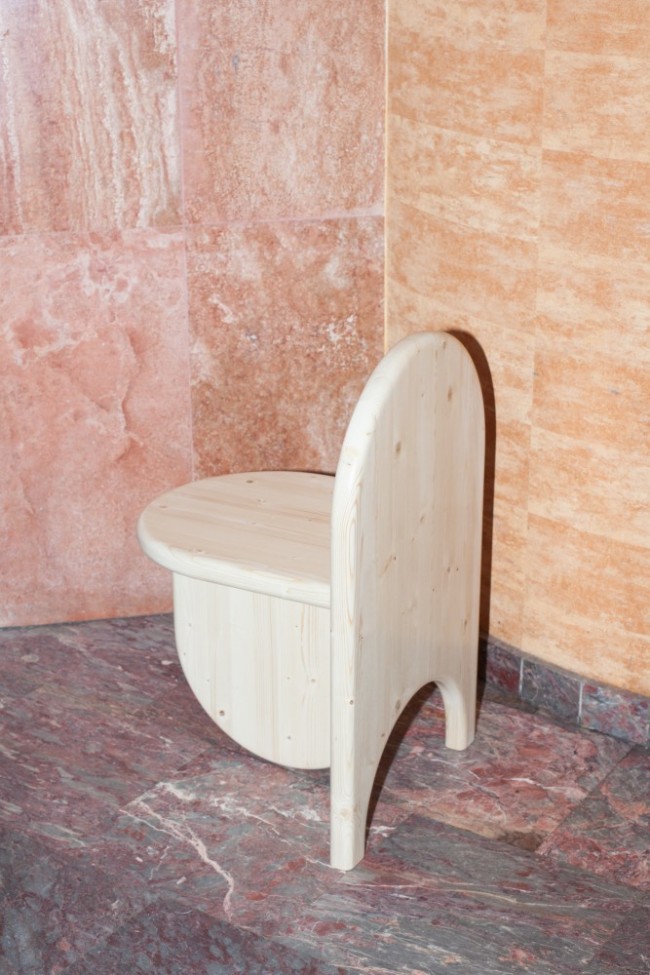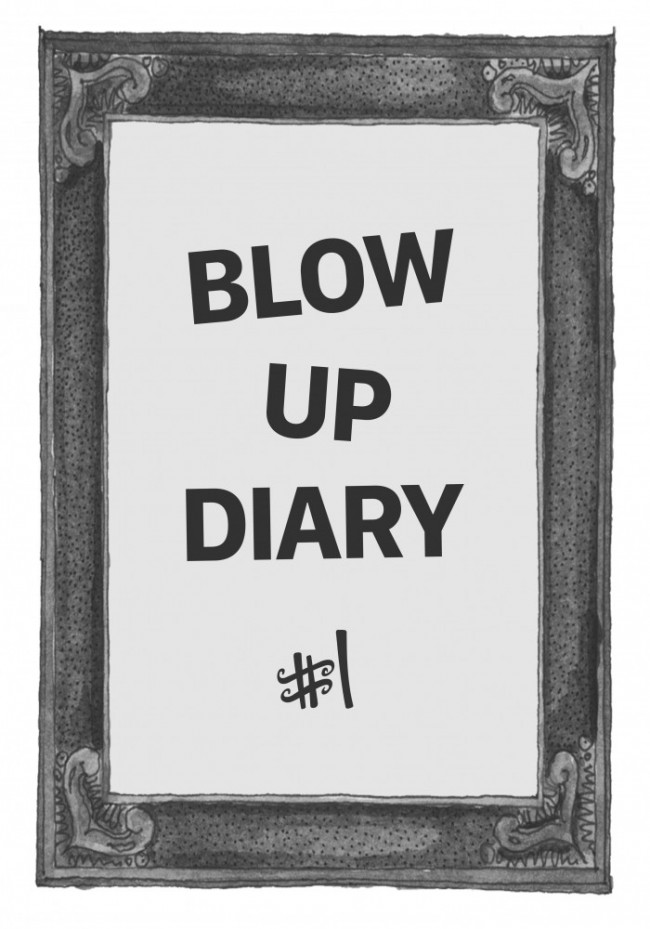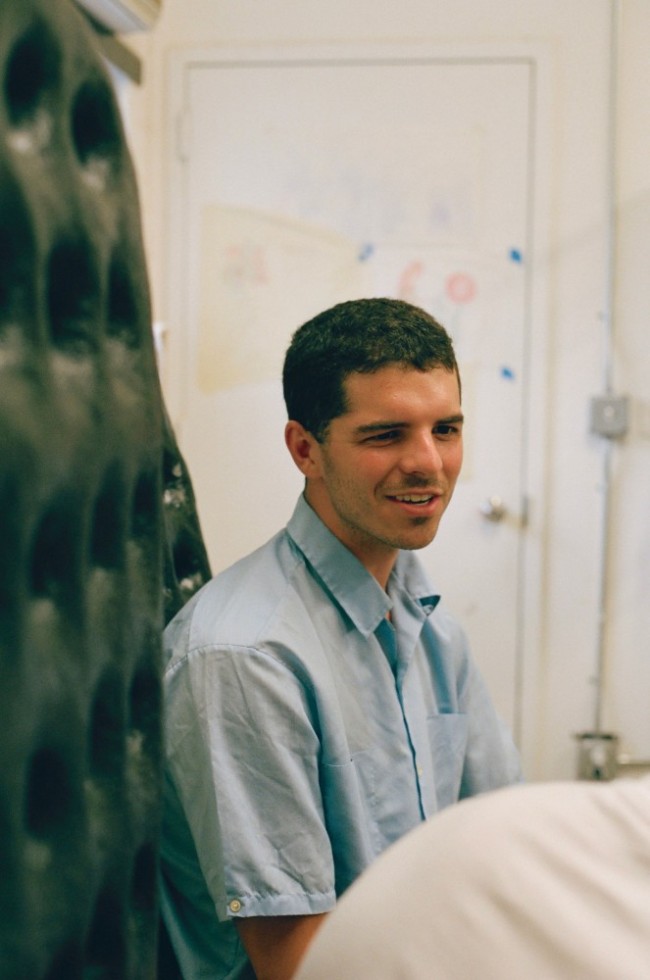INTERVIEW WITH FUNCTIONAL ART CO-FOUNDERS JAVIER PERES and BENOÎT WOLFROM
Functional Art, a new Berlin-based gallery for collectible design, will present its premiere booth at this year’s Design Miami with a solo show by Eindhoven-based artist Théophile Blandet. Prior to their stateside debut PIN–UP met with Functional Art founders Benoît Wolfrom and Javier Peres at their home in Berlin, (photographed by Johann Clausen) and talked about their motivation behind this new venture.
Why did you start your gallery Functional Art?
We have very different backgrounds. One of us, Javier, trained as a lawyer before starting his own contemporary-art gallery, Peres Projects, first in Los Angeles and, from 2005, in Berlin. The other, Benoît, grew up in Paris and worked in real estate for many years. The one thing we both noticed in our respective fields is that when we visited clients’ homes, they would have really interesting contemporary-art collections but they were often paired with much less interesting design. At the same time, we ourselves also started collecting a lot of young contemporary designers’ work — prototypes, one-offs, etc. We thought it was the perfect time to combine the two and help collectors understand the value of collecting design as well. That’s why we opened Functional Art.
-
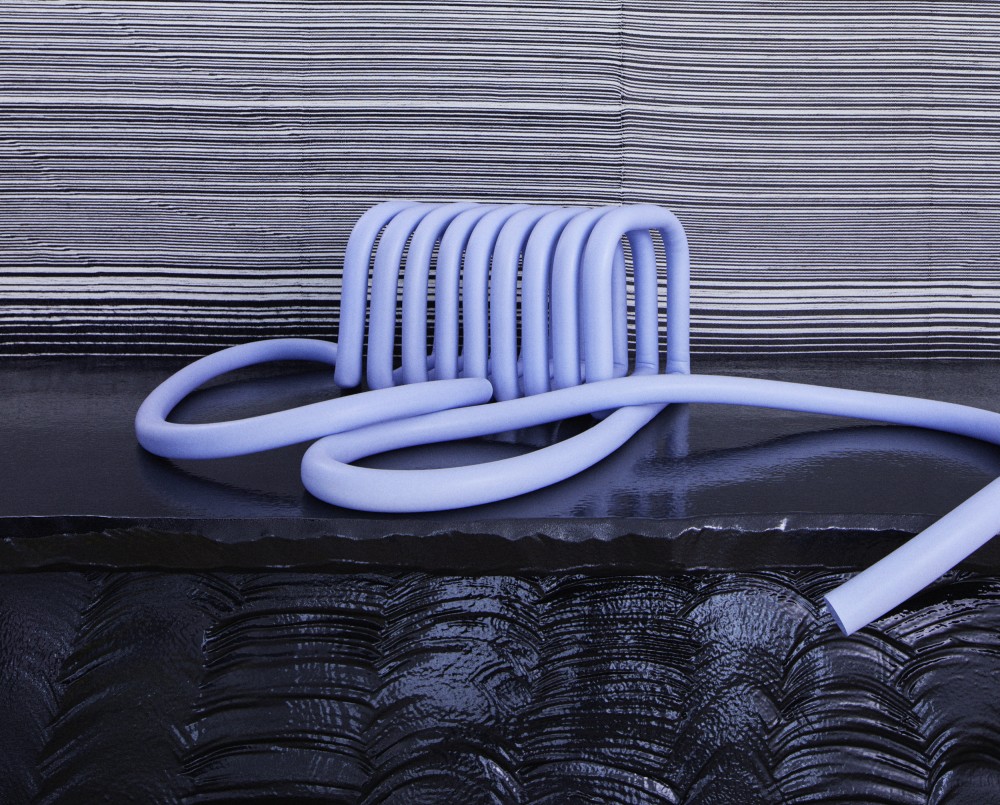
Greem Jeong, Mono 006 stool (2018); Max Lamb, Poly Dining Set (12 chairs) (2014); Brent Wadden, Untitled (2017).
-
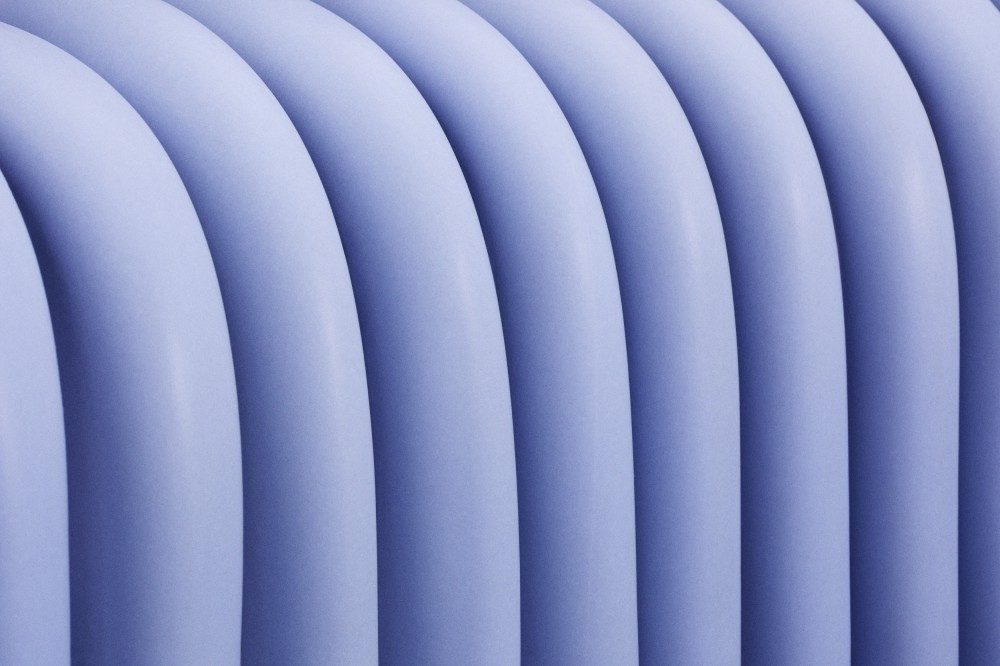
Detail of Greem Jeong, Mono 006 stool (2018).
How would you define “functional art”?
We like to describe functional art as “design that crosses the line” — but you could also describe it as art that has been made with the intention of function. Function is always at the core of the pieces, but it shouldn’t stop there. The work we’re interested in always pushes the line between art and design. The beauty of Functional Art is that we’re very free and open to different possibilities. We work with both designers and artists. If you look back to the earlier 20th century, there was a lot more cross-pollination between fields — design, art, and even non-Western art, what we now call classic African art. And if you look at someone like Peggy Guggenheim, for example, she was always commissioning artists to make functional pieces for her gallery. We’ve now entered a phase where people need to collaborate once more if they want to survive. So having these two entities — Peres Projects and Functional Art — allows us to explore many different realms.
When you decide to start working with an artist or a designer, what are you looking for?
There’s usually always a first, very instinctive, reaction. Most of the time that comes from seeing intelligence. We’re sensitive to what makes us want to know more. Who did this? Why did they do it? What is it saying? Why is it here? So that’s the first, very primal, gut response. And then we get into the discovery period where we look into the person’s entire body of work, their background. We meet with them. We discuss with them where they come from, and also where they want to go. We’re also using the terms “designer” and “artist” interchangeably, and that’s a very interesting thing that’s happening in general. Because all of the people we work with — Théophile Blandet, OrtaMiklos, BNAG, Greem Jeong, Finn Meier, or Thomas Barger — produce pieces that really resonate with art that’s being made right now. There is a continuity and they all respond to each other. And it’s not just about aesthetics; their work also deals with some of the most pressing social issues of our time. Take, for example, Théophile Blandet, who makes these weird, beautiful objects out of discarded plastic. Plastic is such a problematic material, and Théophile is taking it and is giving it a second chance, and he’s also asking questions about what we’re going to do when we don’t have these materials anymore. How are we actually going to live? So he treats it as though it were a rare material, like ivory. We’re all in 2018, but Théophile is already in 2100.
-

OrtaMiklos, The White Ladies (2018).
-

OrtaMiklos, The White Ladies (2018).
In your Berlin home, where this story was photographed, you carefully combine your three collections: contemporary art, classic African art, and design. Were your objects part of the conversation with the architect Bettina Kraus, who designed the apartment?
From the beginning, the conversation with Bettina was always about how we wanted our house to be the perfect blank background where objects can be moved around very easily. In Berlin, apartments tend to have a very strong DNA. We didn’t want to erase that completely, but we also didn’t want that to dominate the space. So, for example, you can’t see any plugs or wall outlets in the apartment. You don’t see any radiators. We hid all those things. Do wall outlets have too much personality for you?
Yes. To us they’re like pimples. Why show them when you can hide them?
Interview by Felix Burrichter for PIN–UP Online.
Photography by Johann Clausen for PIN–UP.
A special PIN–UP publication for Functional Art designed by Ben Ganz will be available at the Functional Art booth during Design Miami.

